SPHRED for Dialog modeling
Rebuilding a Conditional Variational Framework for Dialog Generation
Motivation
This is a research project for my graduation thesis at International University, Vietnam National University - HCMC. More information can be found here.
In this project, I sought to expand my technical foundations beyond the standardcurriculum by studying and reconstructing SPHRED, a combination of Conditional Variational Autoencoder and Hierarchical Recurrent Encoder Decoder for controllable dialog generation. Its architecture is shown below:
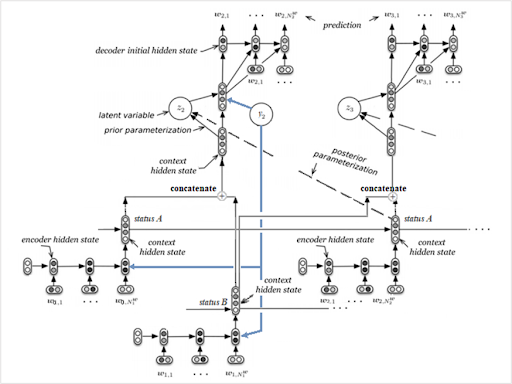
Investigating VAE distributions changes in training
While replicating the original results, I employed PrincipalComponent Analysis (PCA) to visualize the approximate posterior and latent prior distributions during training to gain adeeper understanding of variational inference. This revealed a very intriguing pattern: as the model began generating repetitive tokens (text degeneration), the two distributions diverged.
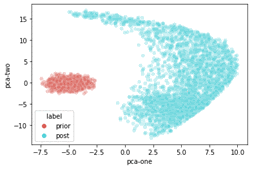
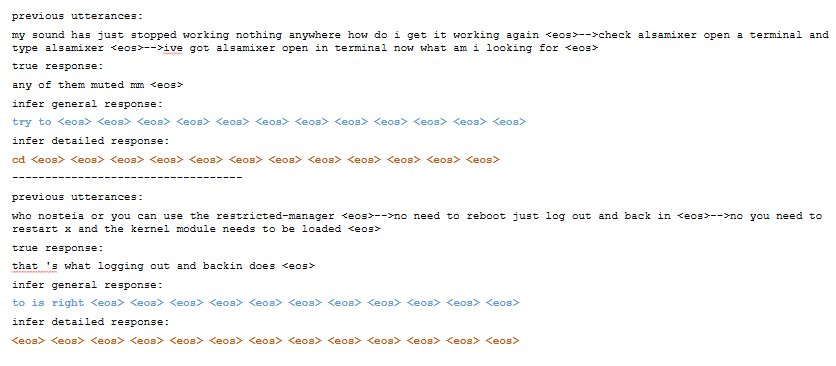
However, before text degeneration, the model were able to generate sound predictions, and the two distributions were able to come to an overlap. This agrees with the objective of minimizing the KL divergence between the prior distribution and the approximate posterior distribution.
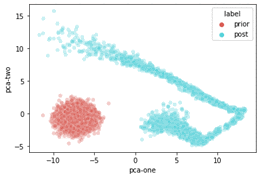
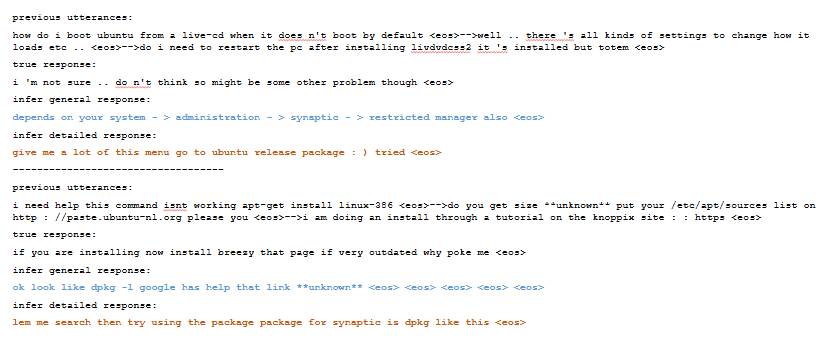
Presentation
Watch my presentation and the demo on this project here: